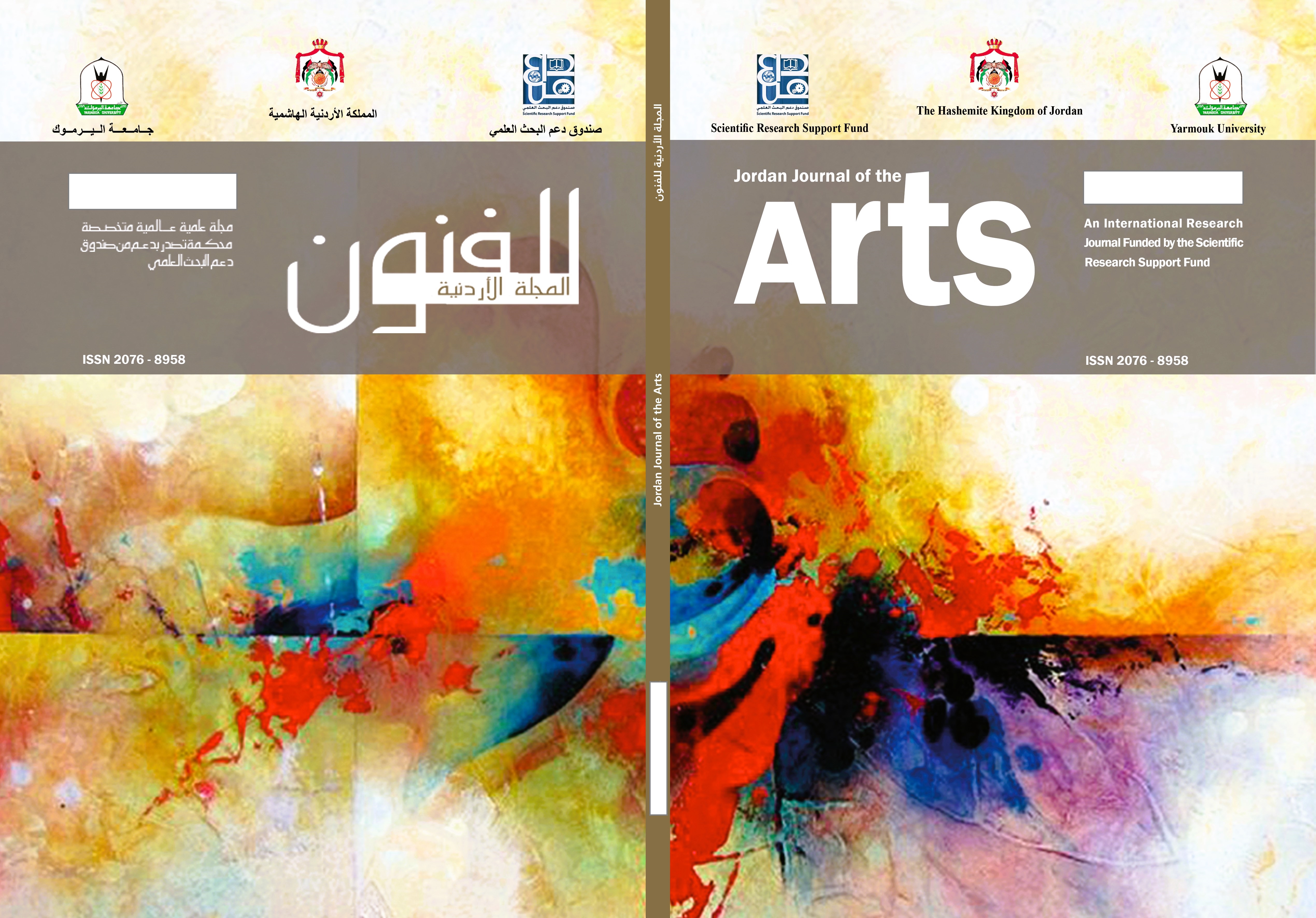Time in Vermeer’s Life and Art as Demonstrated in Milkmaid and Lacemaker
Keywords:
Vermeer, freezing time, expressionless, Milkmaid, LacemakerAbstract
meer never left his city Delft, unlike his
fellow men that moved to big cities for prosperous
life and bigger art market. He dedicated his life to
painting domestic space with its devotees who were
mostly women. Painting process, regardless of being
intellectual, creative and experimental, for Vermeer
it needs commitment, strength and time. He was
accustomed to spend long time in his studio since it
was not only a working place, but an escapade from
his heavy burden and financial restraint. His life seems
to intersect with the lives of the people he presented in
works such as the Milkmaid (1658) and the Lacemaker
(1669). Vermeer and his painted figures are deeply
absorbed in their own world and seem analogous in
many respects: precise work, extended time, inadequate
space, countless details and silent existence. In his
thirty-five paintings, he painted forty women performing their tasks in great patience. His artwork illustrated a compassionate view of women. This paper assumes that the artist’s observation of his broad time influences his art in many ways: He arrests the time to freeze moments of doing simple tasks; he paints static and expressionless figures; he exhibits local interiors, domestic objects and scrutinized detail


